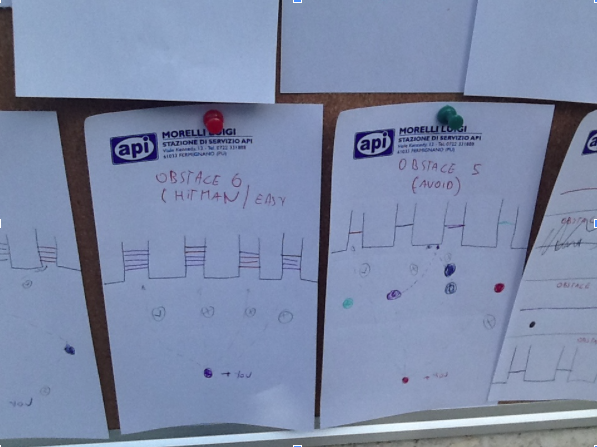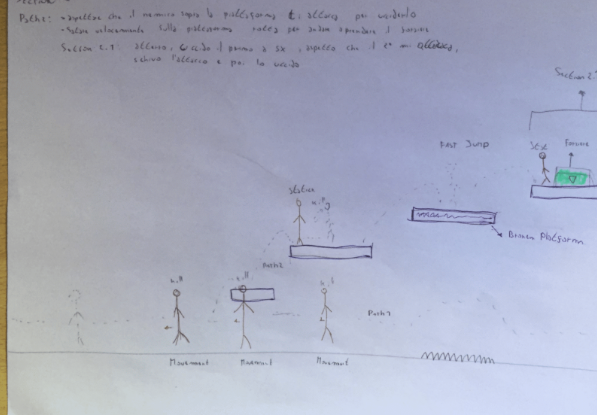Trending
Opinion: How will Project 2025 impact game developers?
The Heritage Foundation's manifesto for the possible next administration could do great harm to many, including large portions of the game development community.
We use paper prototype to craft everything. In this articles some usefully tips to better understated why you should start to use paper prototyping to develop you games.

What is a paper prototyping?
A paper prototype is a game concept (both mechanics and aesthetics) explained using paper. So basically, you will create a game concept with pencils and paper .
A paper prototype have a lot of advantages:
Quick to make.
No technical skills needed.
Easy to make.
Easy to test and evaluate.
Easy to change.
Quick to make:
A paper prototype it very easy and fast to make, you just need to sketch your ideas on paper, it’s really a matter of minutes.
No technical skills needed:
You don’t need to know any programming languages or other technicals stuff. Knowing how to hold a pencil will be enough.
Easy to make:
You don’t need any special equipements; paper and pencils will be enough.
Easy to test and evaluate:
If you look at your paper prototype once it’s done, you will immediately have feedbacks about it. Evaluate basic game mechanics and aesthetics will be incredibly easy and fast.
Easy to change
If you notice that something is wrong in your paper prototype, making some changes will be extremely easy and fast.
Paper prototype for digital games:
Paper prototypes are extremely helpful not only for board games but also for digital games. If you adopt paper prototype for you digital games, you will be able to evaluate some core concept and gameplay mechanics that otherwise, implementing directly in your digital games would take a lot of time.
These are some examples of paper prototype that i made to craft the main obstacles for my mobile game, Colors Wars:

I think it took me 5 minutes to craft those 2 obstacle which later will become into this:

As you can see, by doing a paper prototype, I was able to create obstacles and define the core game mechanics of each obstacle. Later I’ve combined more obstacles together in order to create patterns, and again paper prototype gave me a big help to define the desired difficulty of each pattern and allowed me to save a lot of time. If on a paper prototype I realize that something was wrong, redoing it or changing it was really a matter of a few seconds. The same changes on digital prototype would have cost me at least 10 times more in terms of time invested.
This is another examples of a complex paper prototype for a third person shooting game:

From the book Introduction to game design.
Imagine how much time you have to invest on it if you had to develop the digital version version of this paper prototype just to evaluate the core game mechanics.
Paper prototype can be good not only to evaluate game mechanics, but can also be used for level design:

This is a peace of level designed for the game Dag Adventures. You can also design UI or basically any elements related to the game.
Paper prototype is a handful instrument that can help you to save a lot of time before getting into the development cycle. You can use it to craft board games and specially digital games. There are basically no downsides of using it, so before starting to develop your next game, be sure to start by making a good paper prototype of it.
This article was originally posted on the blog GameDeveloperTips
Read more about:
BlogsYou May Also Like